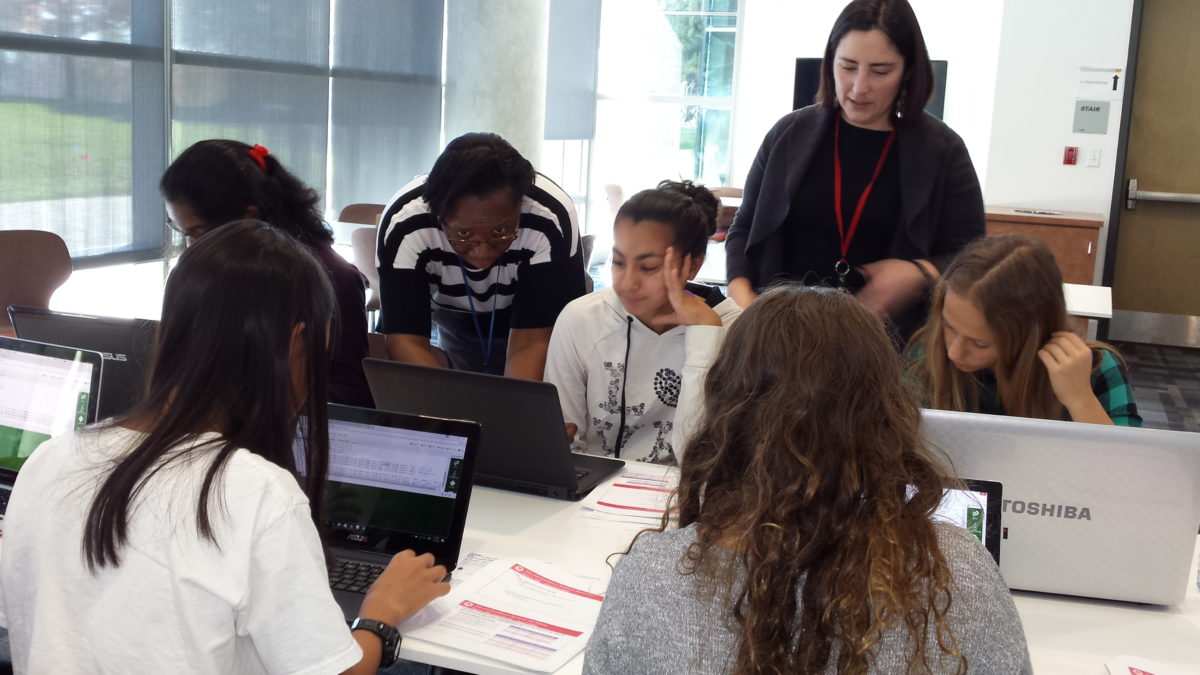This question was posed at the panel “Is Virtual Care Here to Stay” moderated by Michelle Singer, SVP of political engagement at Comcast, at the 2022 HealthKey Summit. The inaugural event was hosted by Dune View Strategies, the strategic advisory firm founded by former IBX CEO Daniel Hilferty following his 2020 retirement from the healthcare giant.
The conversation comes as companies that aim to ease healthcare systems’ pain points raise millions in venture capital), and as healthtech founders consider where they fit in the innovation landscape.
Experts Mike Laign, CEO of Montgomery County, Pennsylvania’s Redeemer Health; Meera Mani MD, partner at New York’s Town Hall Ventures; and Joseph Pyle, president of Center City, Philadelphia’s Thomas Scattergood Behavioral Health Foundation sat on the panel to discuss the pros and cons of virtual care and share their own observations.
Adoption virtual and tech-enabled care is increasing
Some clinicians had been hesitant about telehealth, but embraced it over the last few years, panelists agreed.
Mani said less than 1% of services rendered through Medicare were done virtually pre-pandemic, but now about one-third of services are. Combined virtual and in-person care is often an option nowadays, too, depending on the needs of the appointment.
Laign, whose company offers home health care, said his team has seen the ways technology can reduce time spent in the hospital and readmissions. Technology has also allowed a patient’s entire team to be more available to them and makes it easier for the healthcare team to discuss the patient’s health together and with the family.
There used to be a stigma that virtual care was “substandard care,” Pyle said, but the pandemic has shown that virtual care does work. Pyle’s work focuses on behavioral health, so he noted that the pandemic has also done a lot to remove stigmas around mental health.
How to foster acceptance of the technology from the staff and physicians? “The key there is making sure you engage them in the selection of the technology,” Laign said, “and the development of the models. And I think when you do that, and they learn it, they become the best advocates for it.”

Healthcare’s digital future is here to stay. (Photo by National Cancer Institute on Unsplash)
Ongoing challenges and new opportunities
Even as it’s grown in popularity, questions still remain, such as what is the correct balance between virtual care and in-person care. “No show” rates for appointments dropped with the implementation of telehealth appointments, according to Pyle. But this also put a strain on clinicians who were in Zoom meeting for hours on end with clients.
“So the question is, we improved access, but do we improve outcomes?” he said. “Maybe technology will allow behavioral health to become more integrated into primary care. Then how can we use time when we’re not in a session to be reaching out, monitoring and keeping people on the right track towards [better] mental health?”
There is opportunity with technology in the healthcare space to help clinicians and improve outcomes, Pyle said. By offering this support to clinicians, it could help the staff shortages healthcare is facing.
Hybrid means access
Mani said things to consider when choosing virtual care over in-person care include quality of care, the definition of quality, and equity in healthcare.
“While it’s true that virtual care really did broaden access to some disadvantaged communities, especially in urban settings, that was not the case for communities of color in rural settings,” she said. (In urban Philadelphia, too, social determinants have led to disparities in healthcare for communities of color.)
But the happy medium to this decision is hybrid care, where clinicians create a plan that combines in-person and virtual care. For example, people who live in rural areas could go to one primary care office in person, meet with a primary care doctor, and then see any specialists they may need virtually. This makes the process easier and more accessible for the patient, but also streamlines things for the clinician, per Mani.
“Hybrid care is here to stay because consumers of care and the providers of care love it or like it,” she said.
Sarah Huffman is a 2022-2024 corps member for Report for America, an initiative of The Groundtruth Project that pairs young journalists with local newsrooms. This position is supported by the Lenfest Institute for Journalism.Join our growing Slack community
Join 5,000 tech professionals and entrepreneurs in our community Slack today!
Donate to the Journalism Fund
Your support powers our independent journalism. Unlike most business-media outlets, we don’t have a paywall. Instead, we count on your personal and organizational contributions.

Philly’s Venture Cafe, the once-popular University City meetup, shuts down after 6 years

When global tech association CompTIA spun off its nonprofit arm, the TechGirlz curriculum went dark

Tech Council of Delaware is officially a nonprofit after 2 years of growth


